The Best Android Phones
- Dec 14, 2019
- 8 min read
Shopping for an Android device can be an ordeal. Let us take some of the pain out of it with these picks and tips.
Trying to find the best Android phone for your needs is hard work. It's easy to get swayed by a pretty handset design or a convincing salesperson at a retail store. Carriers might tempt you with an affordable 24-month payment plan. But before you make an ill-informed impulse buy, read up. From the bottomless pit of phone choices, we bring you our favorites—including our top picks, the Pixel 3A and OnePlus 7T.
All of the phones we've selected here have their own advantages, and we've laid them out as honestly as we can. Be sure to check our list of Best iPhones and Best Cheap Phones for more recommendations. You can find all of our latest buying guides here.
Updated for December 2019: We've replaced the Nokia 7.1 with the Nokia 7.2, and we cut the Blackberry Key2, as it's getting old and there's no replacement in sight. We've added Google's Pixel 4 as well and tweaked our list of honorable mentions.
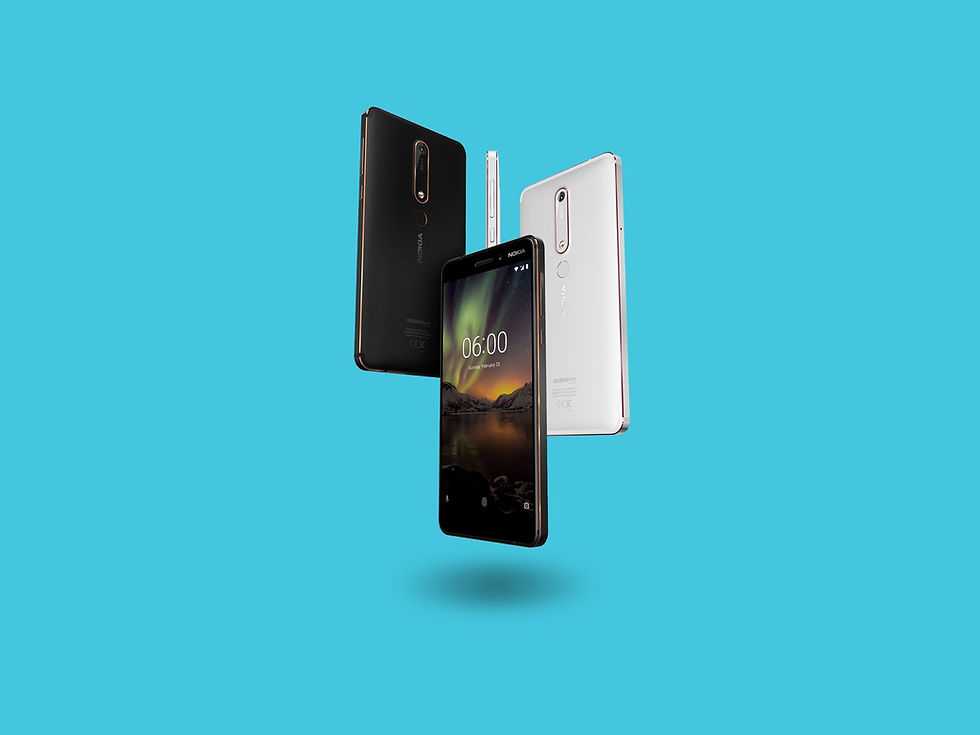
Our Best Advice
Buy Your Phone Unlocked
We recommend unlocked phones in this guide. When a phone is sold as "unlocked," it means the phone can be used on multiple wireless carriers/networks. When you buy a phone directly from your wireless carrier, usually on a payment plan, it often comes locked to that network. Carriers are legally required to unlock it upon request if you ever want to switch networks, but it's a big hassle. Try to pay full price for your phone (if it's too expensive, opt for a cheaper model) or make sure it specifically says it is unlocked.
Verizon and Sprint Tips: Buying an unlocked phone is smart (it is!), but even if you do the smart thing, networks like Verizon and Sprint will put up hoops for you to jump through. To find out if your phone works on Sprint, use this page. Verizon users, if you put in your SIM card but still have trouble receiving text messages or something else, contact customer service and have them enable "CDMA-Less roaming." This OnePlus 6T guide may help. The steps should be similar for other phones.

Best Overall
Google Pixel 3A and 3A XL
The Pixel 3A (9/10, WIRED Recommends) is $400, but it feels better than many high-end $800 phones, including the standard Pixel 4 (which is also an amazing phone). It has cameras that match almost any device out there, and Google included Night Sight mode, which makes it possible to take night shots and selfies that actually look decent. It also has a classy polycarbonate body, which is more durable than glass phones, and a headphone jack. The interface is speedy, because it runs on a great new midrange Snapdragon processor, and it gets monthly security updates and regular feature updates directly from Google (most phones don't).
The only downsides: It's splash-proof, not waterproof; it doesn't have a notch (is that bad?); and it has no wireless charging.
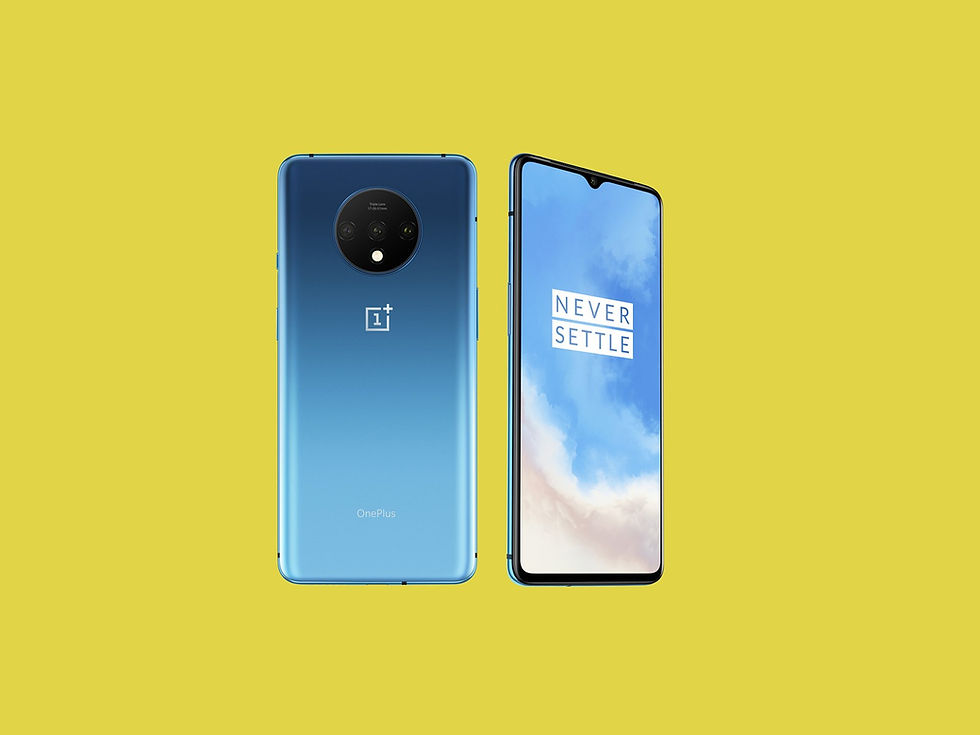
Runner-Up
OnePlus 7T
The OnePlus 7T (9/10, WIRED Recommends) offers a lot of luxury features we'd expect from a top-tier phone in 2019. These include triple rear cameras—2X zoom, 48-megapixel standard, wide angle—a beautiful dual-tone glass design, a Snapdragon 855+ processor, 8 GB of RAM, 128 GB of storage, and super fast charging. It also has a class-leading 90-Hz AMOLED screen that runs noticeably smoother than almost any other device outside the OnePlus 7 Pro, which (surprise!) also has a 90-Hz display. It's in-display fingerprint sensor is incredibly speedy, and the phone comes bundled with a case. All for hundreds less than competing phones.
The other big benefit is OnePlus' dedication to bimonthly security updates and quick platform updates that add new features. The OnePlus 7T ships with the new Android 10 OS update. Most phones won't get Android 10 for another six to 12 months.
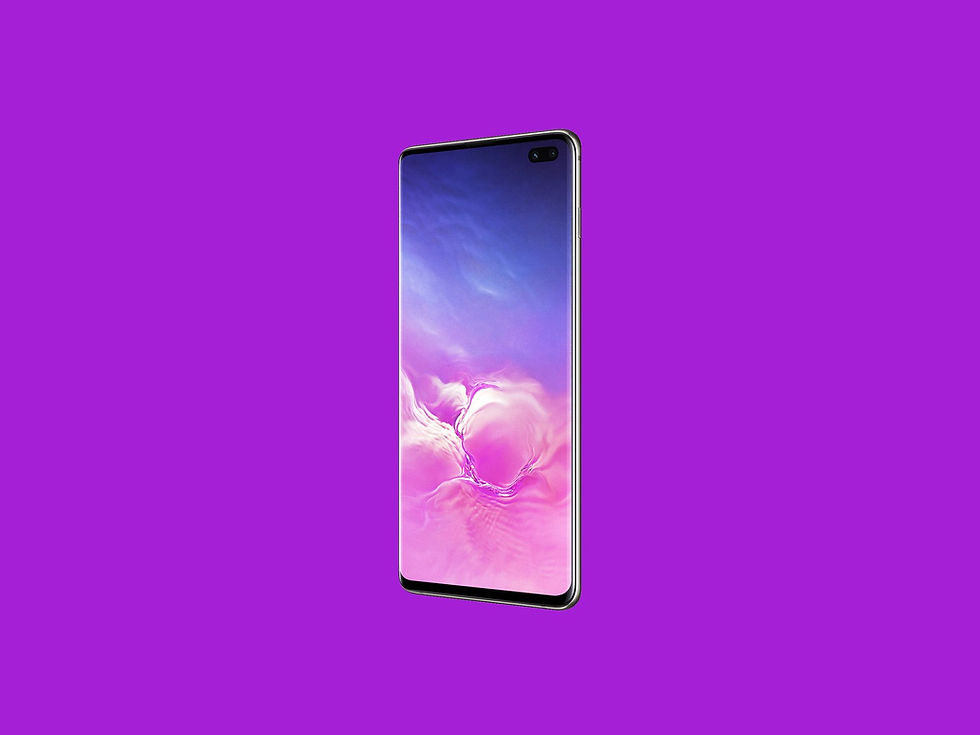
Best Luxury Phone
Samsung Galaxy S10
Samsung's Galaxy S phones haven't topped a list I've made in years, but the Galaxy S10 series really nailed it (9/10, WIRED Recommends). For the better part of 2019, it topped this list of Android phones, but it has since been trounced by the OnePlus 7T and Pixel 3A, which both offer similar value for less money.
I really like almost every aspect of the phones (except Bixby), including the hole-punch in-display selfie camera and in-display "ultrasonic" fingerprint sensor on the S10 and S10 Plus. Samsung's flagships have all the speed and camera capabilities you'd want in a 2019 phone, and Samsung's custom One UI software is pleasant to use and gets security updates monthly. Other bonuses like a MicroSD slot, wireless power sharing, and a headphone jack (yes!) make the Galaxy a step up from the 7T.
And since you're probably wondering, there are three S10s: the regular S10, a larger S10 Plus, and the lower-cost S10E that cuts some corners. For advice on which model to buy, read our breakdown of the three models. Personally, I prefer the S10 due to its smaller size.
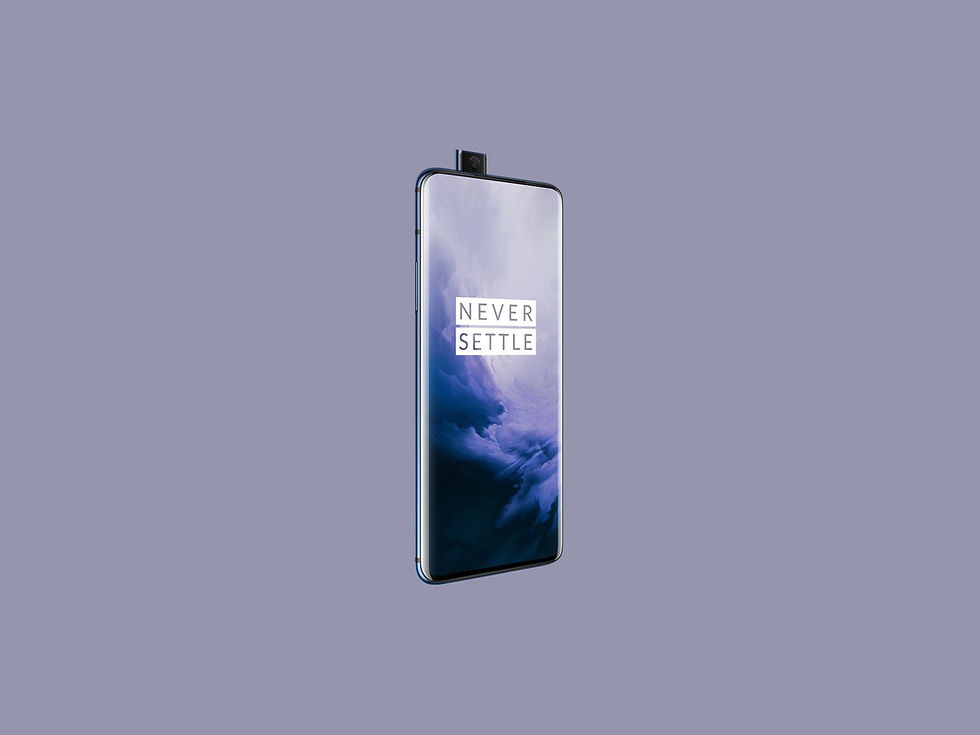
Best Display
OnePlus 7 Pro
For years, OnePlus has been selling feature-rich flagship phones at prices that are much lower than the competition. Now it’s decided to make the most high-tech phone on the market (in a few ways), and we love it. The OnePlus 7 Pro (8/10, WIRED Recommends) comes with 256 GB of storage, 8 GB of RAM, and a cutting-edge Snapdragon 855 processor.
Moreover, it has the best display I've seen on a phone, which refreshes at a very fast 90 Hz; extra nice for gaming. The screen is notchless, made possible by a pop-out, retracting selfie camera. The 3X zoom and wide-angle lens options on the rear camera also help OnePlus begin to make a name for itself in photography. And since the selfie camera is usually retracted, this is also the only phone that doesn't have a camera pointed at your face 24/7. We've linked to the OnePlus store, but you can also order it at T-Mobile.
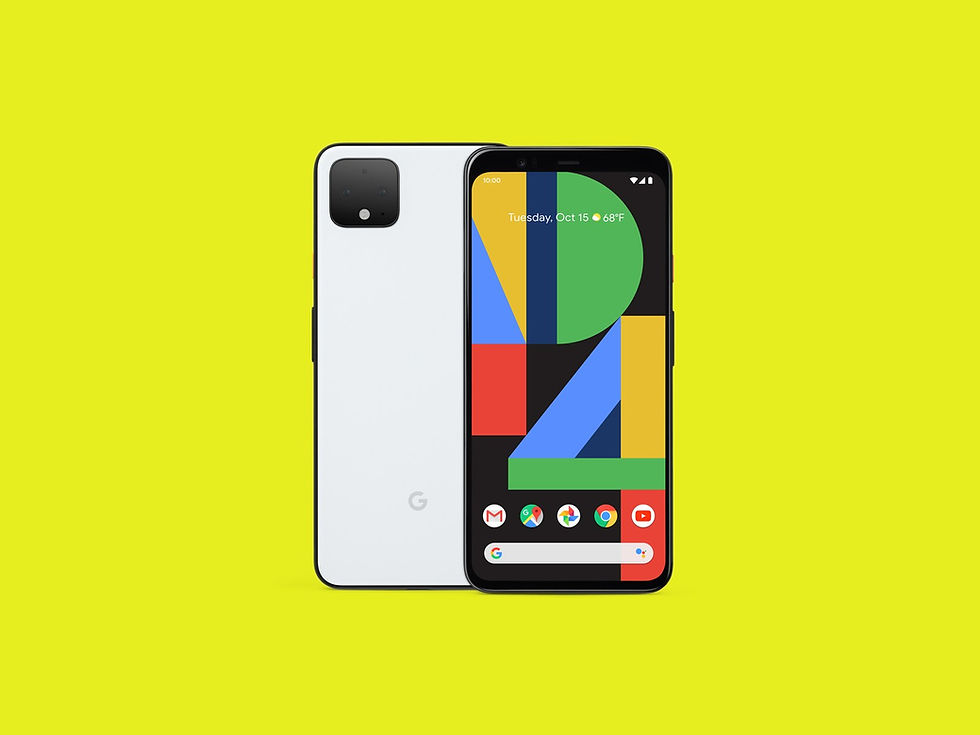
Best Camera
Google Pixel 4 and Pixel 4 XL
If you're a shutterbug, then you most likely have heard of Google's Pixel line, regarded as some of the best camera phones money can buy (though the iPhone 11 Pro gives it a run for its money). Pixel 4 (8/10, WIRED Recommends) is Google's latest, and its dual-camera system is excellent. Portrait Mode lets you effectively blur out the background of a subject, the 2X zoom telephoto lens is handy for close-ups, and Night Sight mode lights up the darkest scenes—you can even use it to capture starry skies.
It packs great performance with a smooth 90-Hz screen, just like the OnePlus 7 Pro. You can also use Face Unlock as authentication, which works similarly to Apple's Face ID, and Google also added a slew of sensors that let you wave your hand to trigger certain functions, like switching tracks or snoozing alarms. That's without mentioning all the software smarts that put it a rung above the rest. For example, Call Screen will monitor robocalls for you so you don't have to answer them, and Now Playing uses on-device machine learning to show you songs playing in your surroundings, so you don't need to try and look it up.
The Pixel 4's downside is battery life, which can barely last a full day if you're a heavy user. If you're going to buy one, opt for the bigger Pixel 4 XL since it has a beefier battery.
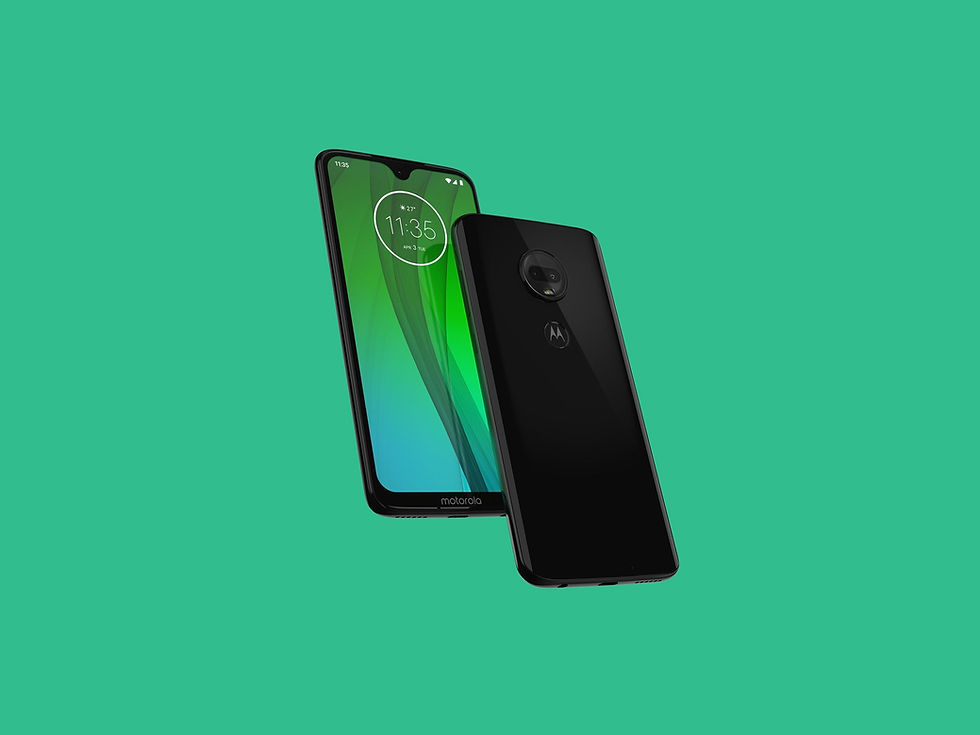
Best for $300 or Less
Motorola Moto G7
The Moto G7 (9/10, WIRED Recommends) is a cheap phone without as many caveats as you might expect. It's snappy and runs apps smoothly (even the camera app) with no noticeable lag, which is a change, even from last year's Moto G6. The camera is also very good for the price and won't let you down under most circumstances—though it will still have some trouble capturing the best shots in extreme lighting environments, like at a concert.
In this year's phone, Moto included a nicer display and a lovely glass back that you'll want to promptly protect with a durable case, like most phones.

Multiday Battery Life for Cheap
Motorola Moto G7 Power
The Moto G7 Power has less memory and a lower-resolution display than the standard Moto G7, but it's still not bad if your needs are basic. It also comes with a killer feature: a 5,000-mAh battery. This is a phone that can last two to four days on a single charge. To fit all that battery, it's a little thicker than phones you see these days (9.3 mm), but ending a day with 65-plus percent battery never gets old. (Learn about all three G7 models).

Pure Android for Cheap
Nokia 7.2
The problem with Motorola phones, like the ones mentioned above, is that Motorola offers very limited software support—usually, you get one Android version upgrade, and that's it. HMD, the maker of Nokia phones, is different. Most of its phones are part of the Android One program, meaning the company makes a commitment not only to have no bloatware on the phone, but also to deliver two years of Android version and security updates. The Nokia 7.2 is no exception; it's on track to get Android 10 very soon.
You also get a great 6.3-inch LCD screen (with HDR support, rare in a phone of this price), 128 GB of storage, a decent midrange processor, day-long battery life, and it has the benefit of not looking like a budget phone. The triple-camera experience is solid, too, though it can't match the Pixel 3A's quality. The downsides are that the back is made of glass, so a case is a good idea, and it's only slightly water-resistant, so be careful around the toilet!
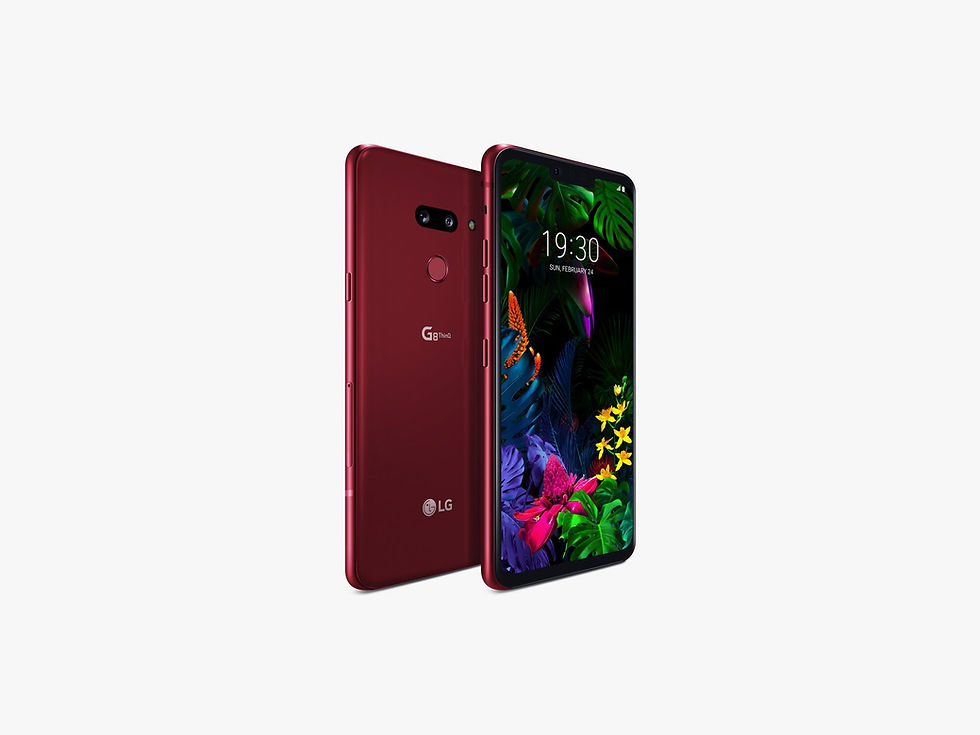
Best for Audiophiles
LG G8 ThinQ
LG's G8 ThinQ isn't the flashiest phone, but it gets the job done. It has the same processor as the one inside Samsung's Galaxy S10, so you get great performance, the 6.1-inch, OLED display is sharp and vivid, and the dual-camera system can reliably snap some nice pics (the wide-angle lens helps add a little versatility). You also get about a workday's worth of battery life, and support for wireless charging makes it easy to top up the phone during the day.
But LG phones are best for audiophiles because they still sport headphone jacks with a 32-bit Quad DAC (digital-to-analog converter), as well as support for hi-res playback for high-quality music streaming if you've transitioned to Bluetooth headphones.
It's one of the slipperiest phones we've used, though, so you should definitely buy a case. LG's software interface is also a little clunky, it has a lot of bloatware (useless apps), and the company is often slow at pushing out Android updates. Keep all of that in mind when making your decision. You can also ignore the gimmicky Air Motion feature that lets you use hand gestures to control specific functions, because it's not very good.

The Phone With a Stylus
Samsung Galaxy Note 10
The Galaxy Note 10 is a ginormous Android phone (8/10, WIRED Recommends). It's bigger than big. If that's your thing, you'll like the included S Pen's new Bluetooth functionality, which lets you use it to do things like open apps and remotely snap pics. This beefy, brawny phone can handle your most demanding tasks with all the latest specs.
I recommend picking up a new 2019 Galaxy S10 instead, unless the S Pen is on your mind. The Note 10 has no audio jack, which might be another reason to stick with the S10.

Honorable Mentions
Other Phenomenal Phones
There are a lot of Android phones out there, and most of them are not on this list. Here are a few good standouts to also consider.
The Sony Xperia 5 is perfect for people who binge-watch movies on their phone, because its 21:9 aspect ratio is ideal for cinema. But it is pricey, and its triple-camera system falls short of competitors. There's no wireless charging, either. You can check out our Xperia 1 review for more details. The Xperia 1 is almost the exact same as the 5, just bigger and more expensive.
The LG G8X ThinQ Dual Screen ($699) comes bundled with a case that adds a second screen.
The Google Pixel 3 ($450) and Motorola Moto Z4 ($390) (which supports Moto mods) are also pretty good, just not top picks right now.
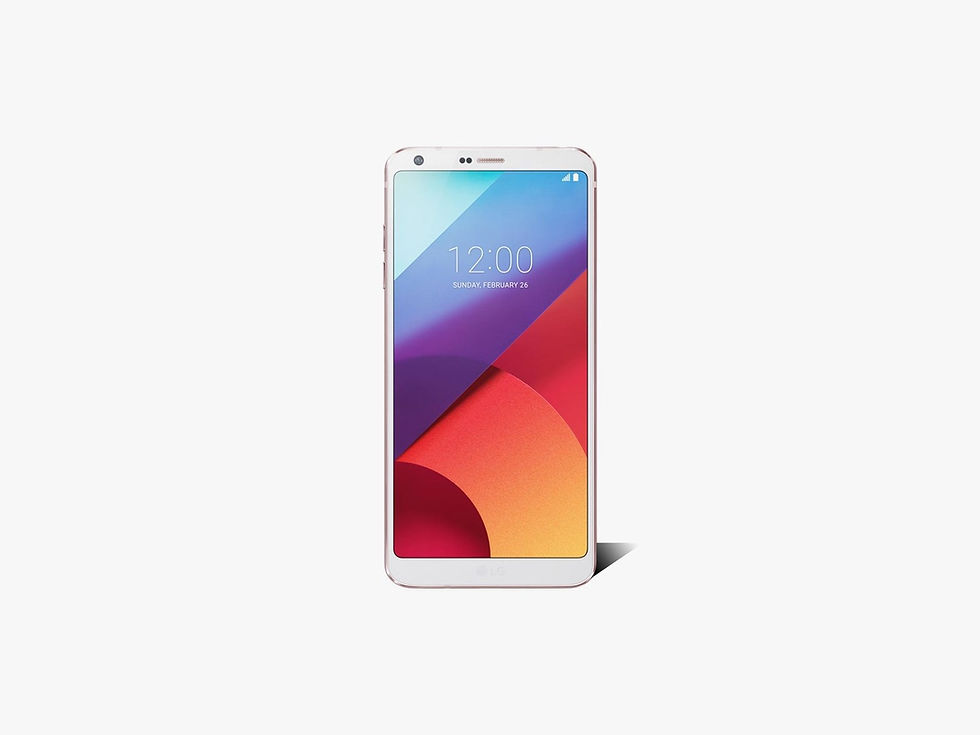
lmost Too Cheap (or Old)
Half-Hearted Endorsements
There are many phones I've previously recommended that are right on the edge. They're either getting old (2-plus years) or getting too weak. We worry they won't have software support beyond this year or may feel too sluggish after the next Android update. You can take the risk to get the savings if you like.
The LG G7 ($300), Nokia 7.1 ($209), and Moto G6 are all usable. We just think you're better off with the devices listed here or in our Best Cheap Phones guide.
You should probably pass on newer devices we've cut from this list, too. The BlackBerry Key2, Moto Z3, OnePlus 6, and OnePlus 6T are also all usable, but their manufacturers probably won't update them beyond 2020.
Nerdcore Computers
Author




Comments